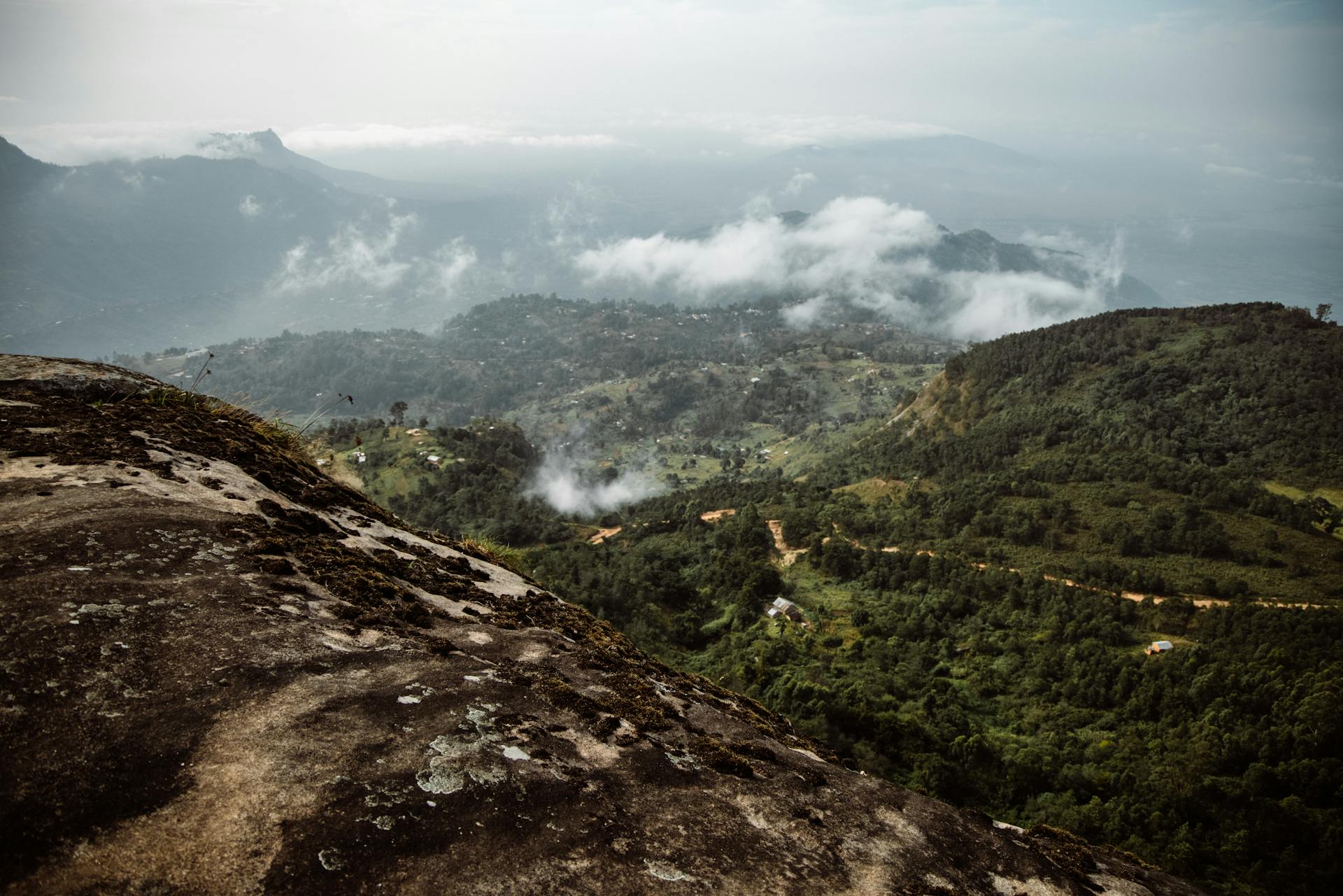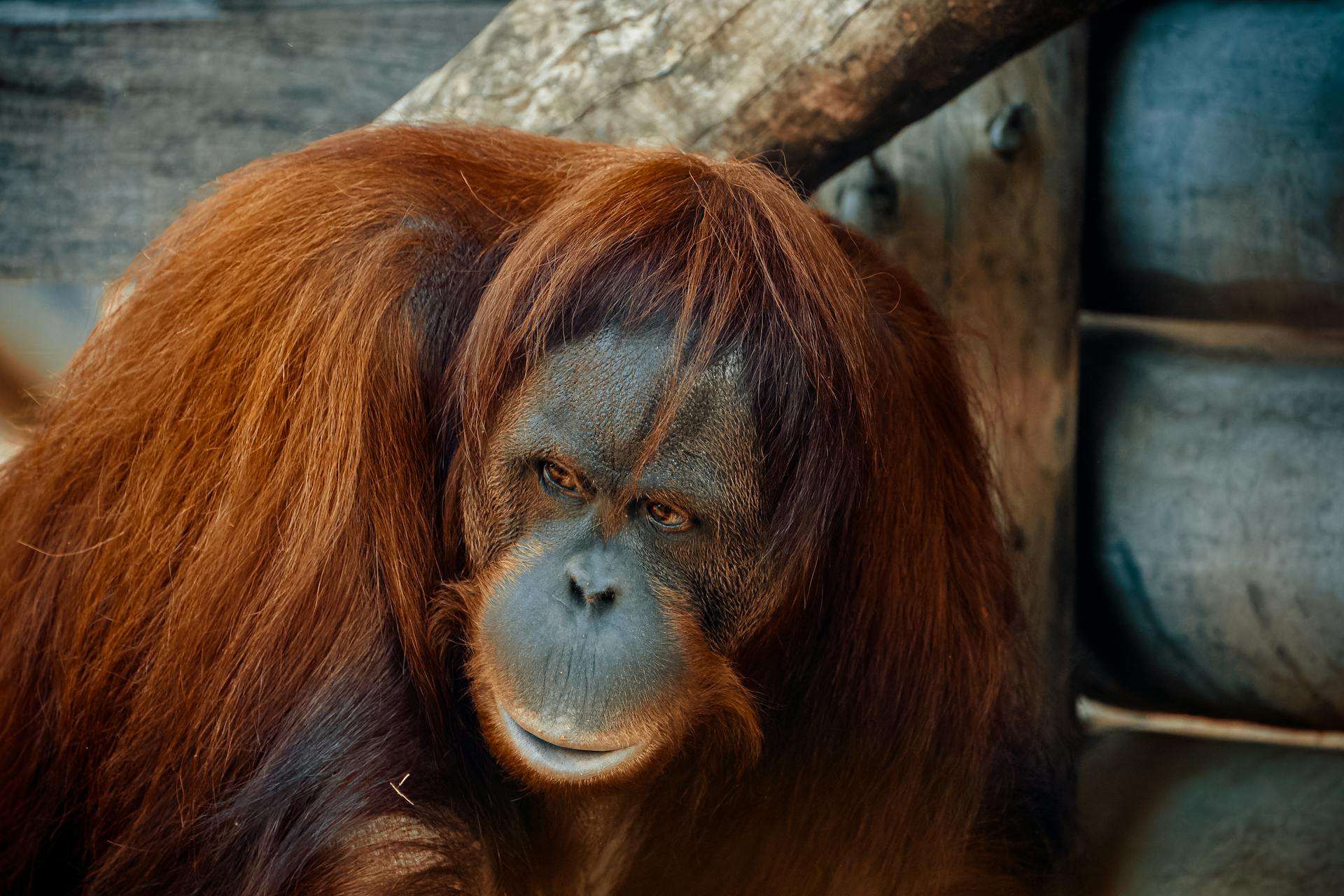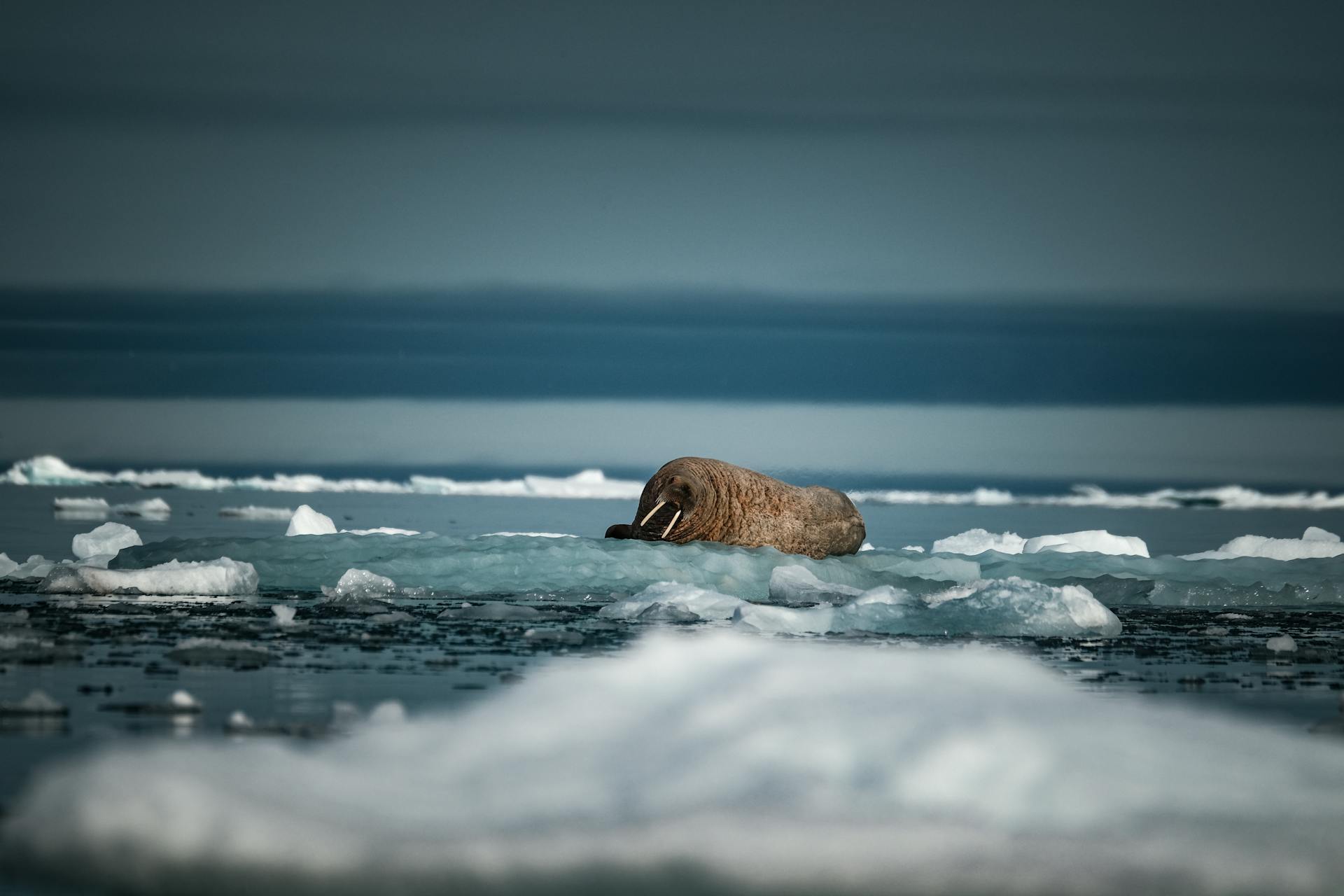Imagine being trapped on an island, surrounded by barriers that prevent you from accessing food, finding shelter, or even meeting others of your kind. For countless species across the globe, this is not just a scenario—it’s a reality. As human development continues to expand, animals are finding themselves isolated in fragmented habitats, cut off from the resources they need to survive and thrive.
Wildlife corridors are nature’s solution to an increasingly urbanized world, providing essential lifelines that connect fragmented habitats. These pathways allow animals to move freely between different areas, ensuring access to food, shelter, and breeding grounds. As cities expand and infrastructure sprawls, the natural habitats of countless species are being broken up, leaving wildlife trapped in isolated pockets. This fragmentation threatens biodiversity and accelerates the risk of extinction for many species. In this ever-growing urban landscape, wildlife corridors are more critical than ever, serving as bridges between the wild and the modern world.
What are Wildlife Corridors?
Wildlife corridors are essentially pathways or strips of habitat that connect isolated patches of natural environments, allowing animals to move between them safely. These corridors provide animals with the space they need to find food, migrate, breed, and adapt to changes in their ecosystems. Wildlife corridors can be natural, like rivers or forested areas, or human-made, such as eco-bridges and tunnels designed specifically to help animals navigate through developed areas.
There are many examples of both natural and human-made wildlife corridors across the globe. In the Netherlands, specially designed “green bridges” help animals cross busy highways without danger. In India, forested corridors connect tiger reserves, allowing these big cats to roam safely. The Yellowstone to Yukon corridor, spanning the United States and Canada, is one of the largest conservation projects aimed at restoring and maintaining a continuous habitat for species like grizzly bears and wolves. These examples highlight the different approaches to preserving vital links between fragmented habitats.
The Ecological Importance of Wildlife Corridors
Wildlife corridors play a crucial role in maintaining ecological balance. By connecting fragmented habitats, these corridors enhance biodiversity and promote genetic diversity. When animals are restricted to isolated populations, inbreeding can occur, leading to reduced genetic variation and making species more vulnerable to diseases and environmental changes. Corridors allow for genetic exchange between populations, helping species remain resilient.
Furthermore, these corridors facilitate essential behaviors like migration, mating, and foraging. Some species require large territories for survival, and corridors allow them to access different areas for food and breeding. For example, migratory birds and large mammals like elephants depend on expansive routes to move seasonally. By maintaining connectivity, wildlife corridors help reduce the risk of extinction for endangered species, offering them a lifeline in an ever-changing world.
Challenges in Wildlife Conservation and Habitat Fragmentation
Despite their importance, wildlife corridors face many challenges. Habitat destruction, driven by human expansion, is a major obstacle. Roads, cities, and industrial areas often cut through natural habitats, disrupting animal movement. As urban areas continue to sprawl, these barriers grow larger and more difficult for wildlife to navigate. Industrialization, particularly infrastructure projects like highways and railways, creates insurmountable obstacles for many species.
Climate change and deforestation add another layer of complexity. As temperatures rise and ecosystems shift, animals are forced to move to new habitats in search of more suitable conditions. However, without intact wildlife corridors, their journeys are often blocked by human developments. Fragmentation of habitats due to deforestation also leaves animals stranded in smaller, isolated pockets of land, making it harder for species to survive and adapt.
How Wildlife Corridors Help Mitigate Human-Wildlife Conflict
Wildlife corridors not only protect biodiversity but also help reduce human-wildlife conflict. By providing animals with designated pathways to move through, these corridors reduce the likelihood of animals entering urban areas where they can pose risks to humans. For example, corridors can guide large mammals away from populated regions, limiting encounters that could lead to injury or property damage.
Corridors also reduce vehicle collisions, a major threat to wildlife in areas with busy highways. By providing safe passageways such as eco-bridges or underpasses, wildlife corridors keep animals off roads, protecting both animals and drivers. In agricultural regions, well-designed corridors can help keep animals away from farms, preventing them from wandering into crops and causing damage. This, in turn, helps preserve both wildlife and livelihoods.
Case Studies Successful Wildlife Corridors
The Yellowstone to Yukon Corridor, spanning over 3,200 kilometers, connects vast tracts of land across the United States and Canada. It has been instrumental in conserving populations of grizzly bears, wolves, and other species by restoring their natural habitats. The European Green Belt is another success story, stretching from the Baltic Sea to the Black Sea and serving as a biodiversity haven along the former Iron Curtain.
In India, the Siju-Rewak Corridor connects two major protected areas and is critical for the movement of endangered species like elephants and clouded leopards. Additionally, urban areas are increasingly adopting wildlife corridors, such as Singapore’s efforts to create green spaces that allow native species to coexist with city life. These case studies demonstrate the global reach and effectiveness of well-planned wildlife corridors.
The Role of Governments, NGOs, and Communities
Governments play a pivotal role in establishing and maintaining wildlife corridors through conservation policies and wildlife management plans. In many countries, governments have enacted laws to protect natural habitats and fund projects to create and maintain corridors. For example, the United States has dedicated resources to maintaining national parks and creating wildlife overpasses along major highways.
Non-governmental organizations (NGOs) also play an essential role by raising awareness, funding research, and coordinating conservation projects. Groups like the World Wildlife Fund (WWF) and local organizations often work hand in hand with governments to design and implement corridor projects. Local communities are vital too, as their participation ensures that corridors are respected and maintained. Community-led initiatives, like tree planting or eco-tourism ventures, can directly contribute to the success of wildlife corridors.
Innovative Solutions in Wildlife Corridor Development
In recent years, innovative solutions have emerged to make wildlife corridors more effective. Eco-bridges, which allow animals to cross highways safely, and wildlife underpasses are becoming common in many countries. These structures provide safe routes for animals to navigate human landscapes without disruption.
The use of technology has also enhanced corridor effectiveness. GPS tracking and monitoring systems help scientists understand animal movement patterns and adjust corridor designs accordingly. In some areas, community-led initiatives and eco-tourism ventures provide sustainable funding for corridor development while promoting conservation awareness among local populations.
Conclusion
Wildlife corridors are essential for maintaining biodiversity and supporting global conservation efforts. As human development continues to fragment natural habitats, the need for well-designed corridors has never been greater. Governments, NGOs, communities, and individuals must collaborate to protect these critical pathways, ensuring that wildlife can thrive alongside modern infrastructure. Preserving and expanding wildlife corridors is not just about protecting species—it’s about sustaining the balance of ecosystems on which all life depends.
Frequently Asked Questions (FAQs) About Wildlife Corridors
1. What exactly is a wildlife corridor?
A wildlife corridor is a designated pathway that connects fragmented habitats, allowing animals to safely move between different areas for food, breeding, and migration. These corridors can be natural, such as forests and rivers, or human-made, like eco-bridges and underpasses.
2. Why are wildlife corridors important?
Wildlife corridors are essential for maintaining biodiversity and preventing species extinction. They provide animals with the freedom to move between habitats, helping to enhance genetic diversity, support migration patterns, and reduce the negative effects of habitat fragmentation caused by human development.
3. What are the different types of wildlife corridors?
Wildlife corridors come in two main types:
- Natural corridors: Rivers, forests, mountain ranges, and other natural features that serve as pathways for animals.
- Human-made corridors: Structures like wildlife bridges, tunnels, and underpasses built to help animals navigate across highways or urban areas safely.
4. Can wildlife corridors prevent human-wildlife conflict?
Yes, wildlife corridors can reduce human-wildlife conflict by providing safe routes for animals, steering them away from urban areas and highways. This minimizes encounters with people, reduces vehicle-animal collisions, and keeps animals away from agricultural lands.
5. How do wildlife corridors promote biodiversity?
By connecting isolated habitats, wildlife corridors enable species to move freely and interact with other populations. This promotes genetic diversity, reduces inbreeding, and allows animals to adapt to environmental changes, ultimately supporting ecosystem health and biodiversity.
6. Are there any successful examples of wildlife corridors?
Yes, several notable wildlife corridors have been successful in promoting conservation:
- Yellowstone to Yukon Corridor (USA/Canada): A large corridor designed to help species like grizzly bears and wolves roam across a vast area.
- European Green Belt: A corridor following the former Iron Curtain that provides refuge for many species across Europe.
- Siju-Rewak Corridor (India): A vital link for the movement of endangered elephants and other wildlife.
7. What role do governments and NGOs play in wildlife corridor development?
Governments often create policies and fund projects to protect natural habitats and establish wildlife corridors. NGOs, like the World Wildlife Fund (WWF), help raise awareness, conduct research, and coordinate conservation efforts. Both work together to ensure the success of wildlife corridors.
8. Can urban areas have wildlife corridors?
Yes, urban wildlife corridors are becoming more common in cities that aim to balance development with conservation. For example, Singapore has created green spaces and eco-bridges to allow native species to coexist with urban environments, providing safe passageways for wildlife in the heart of the city.
9. What challenges do wildlife corridors face?
Wildlife corridors face several challenges, including habitat destruction, human expansion, industrial development, and climate change. Roads, cities, and other man-made structures often create barriers that make it difficult for animals to move between habitats. Deforestation and rising temperatures further fragment ecosystems, threatening the effectiveness of wildlife corridors.
10. How can individuals help support wildlife corridors?
Individuals can support wildlife corridors by advocating for conservation policies, participating in local conservation


